Photos from the CC Cohort by Hyperpack.
When I think of the 1970s, one of the main things that comes to my mind are the earthy tones that dominated the decade; the mustards, moss greens, beiges, and browns. But before the decade got swallowed by that whole moss-like earthiness, holdouts from the youthful sixties stuck around. A case in point, Chrysler’s High Impact colors of the ’69-’73 era. Want an anti-brougham antidote to the 1970s? How about this 1972 Plymouth Duster in “In-Violet” or, as Dodge called it, “Plum Crazy”?
No vinyl options, no frivolous trim bits, just plain (then) affordable A-body sportiness.
Admittedly, the High Impact color hue (C7) was a frivolity. But look, why should only the better-pocketed folks have all the fun? This was self-expression. Too much for some, but if so, avert your eyes while this Duster drives by. I, for one, admire these attention-grabbing hues.
As for me, in that trying first decade of my life (honestly, childhood in the ’70s?), violet mostly reminds me of the artificial sweetened goods of that era. From candies to powder drinks of various brands. Was it healthy? Likely not, but there was still an overhang of goodwill toward industrial goods in those days. Besides, is not like I had any say on the purchases made at home.
Talking about sweets, the Duster was just the one the Plymouth division needed in the youth department in those days. A somewhat unlikely hit, but who would have thought? Another Valiant-based coupe to take on the sporty market? How to know that after two strikes the third would be the golden one? To think that after it arrived in ’69, it would outlive and outsell the Barracuda, which had gone into a different body line by ’70.
So, the car of choice for those in need of affordable transport, with upgrade options, including budget-racer cheap thrills. And well, becoming quite a common car for plenty of incidental characters in 1970s action TV shows.

So, how many spoons of artificial sweetener do we think are in this Duster? From the looks, I would say a good deal. A 340, a 360? Something yet more unique? Hard to say by just looking at the exterior package, but at least on a Duster, artificial enhancements do well for it.
Related CC reading:
Curbside Classic: 1972 Plymouth Duster 340 – The Tweaker
Curbside Classic: 1974 Plymouth Gold Duster – There’s Gold In Them Thar’ Hips
Vintage Car Life Road Test: 1970 Plymouth Duster 340 – “Re-roofed Budget-Racer Valiant”
Vintage Car And Driver Comparison: 1972 Plymouth Duster 318 vs 340







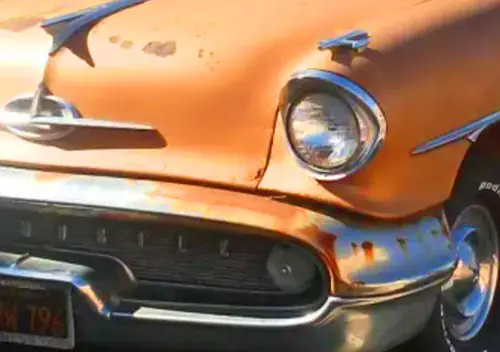
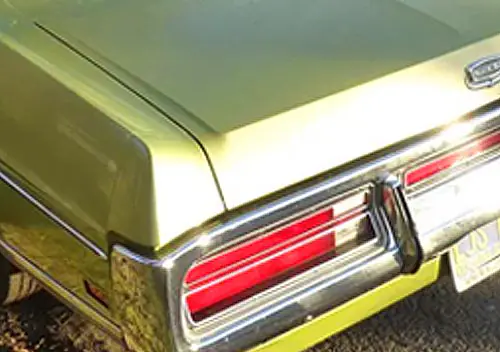
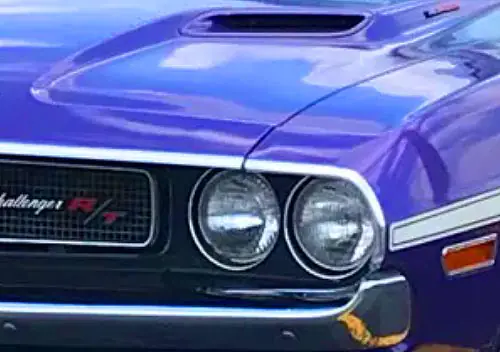


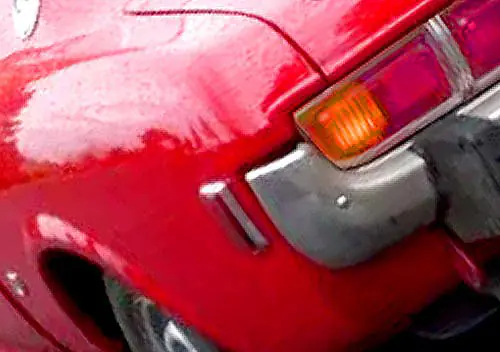

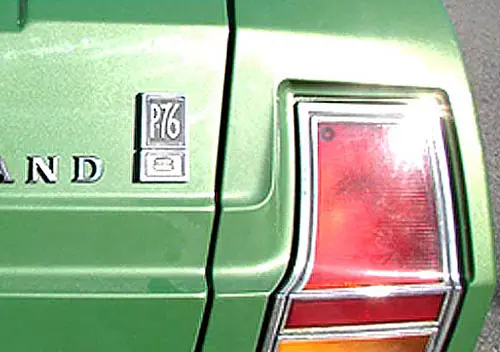
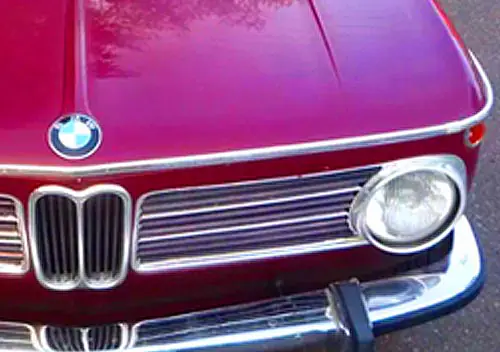

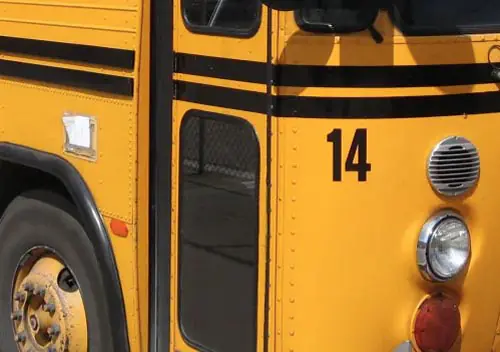
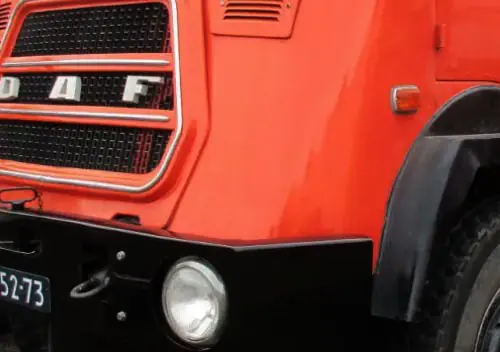
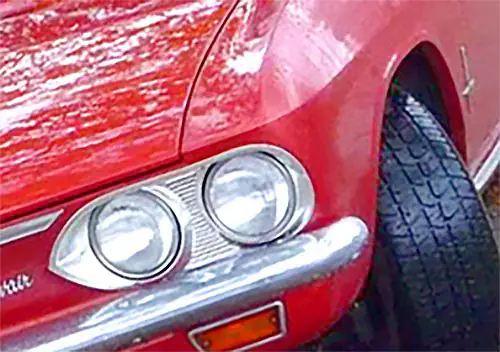
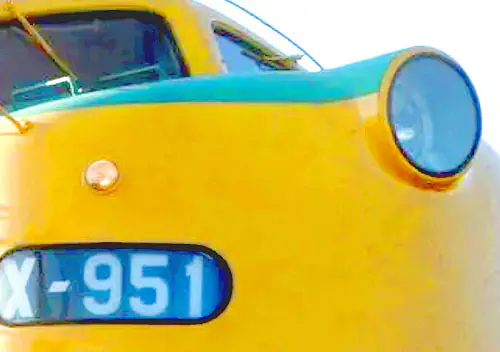
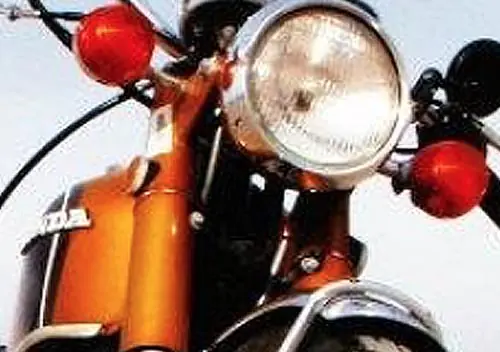
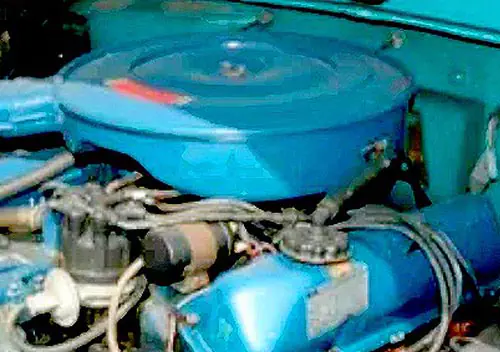
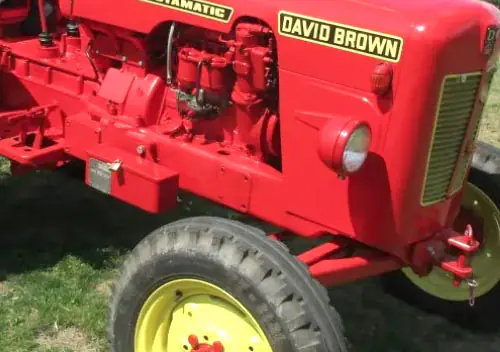
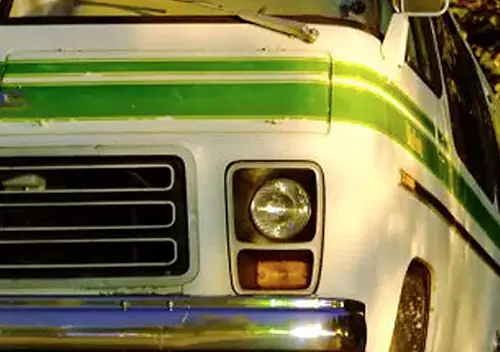

I like your presentation. This color did sell well. It went along with bellbottom trousers, hairy chests in advertisements, slinky ladies.
Not to be a pill but the color is “Plum Crazy” and not the reverse.
Indeed, I had forgotten to update the title. Thanks.
Was pretty sure it was a “PA”, neighborhood before I ever saw the license plate.
Yep for sure in PA. on a slopey grade. This one is pretty well flat.
Even some spaces between the houses. Never had that over in our “Butler PA”, neighborhood.
Plum Crazy was last available in 1971, though a few post-1971 special orders exist.
I would be willing to bet that this color choice was a result of a respray.
I but the original hue was a brown, yellow or green earth tone when it rolled off the factory line in 1972.
I see many of the A/B/E Bodies recolored in the repaint process. A quick look down the quarter window or near the “cat Whiskers on the passenger doors usually reveals the as produced color on these cars. Nothing wrong with that, but I like to keep cars the color they were manufactured with.
Cat whiskers?
I like how they moved the rear wheels outboard further on this one. Nice look.
I still don’t like those wild colors but I have learned how good those cars were .
It’s very nice to see one curb parked and well loved .
-Nate
I was 12 in 1971 and in love with Chrysler’s aggressive way with colors and decals. And I remember the Duster suddenly being seen everywhere. These colors remind me of the choices offered on the original run of Hot Wheels cars.
I was always a little mystified by the 1-year taillight treatment on the 1972 models. I thought it was fairly good looking and should not have interfered with the 1973 bumper.
Most of the models back then still were receiving a (small) facelift every year. ’73 was the end of that on the A Body / Dusters. Facelafts began every 2 years after that point.
Not my first choice, but at least it’s a COLOR unlike 95% of todays ubiquitous transportation modules that reside in a black & white world ! Almost bought a purple
318 Torque-flight Duster around 1976 it was a disgusting rolling ash tray and the paint was dead (folks pay extra for that nowadays )probably never washed. I likely would have made the purchase had it been equipped with a manual transmission..
The Duster always lent such a strong ‘budget’ blue collar vibe. Even now, as they command high prices.
Duster was such a good car, even now cause l still own a 75, and l love it.
New HBO series.
This color is definitely different! That was the only big hurdle I had when picking out our Rogue.
Mrs Chip said “no white, black or Grey and please get a light interior. The dealer had every color i was told no to! So, a ride on the dealer’s golf cart revealed two dark blue units, one with an oyster interior. And of course it was loaded, but it makes her happy.
I’ve always loved the bright colours of the late sixties-early seventies period. No surprise, there. So what colour was my first car? Brown. Try again…second? Gold. Maybe my third? Nope, dark blue. Fourth and last? A bright metallic blue. Bright, but still no purple.
In a way I’m surprised this wasn’t more popular. Mopar certainly had more outrageous colours; Panther Pink/Moulin Rouge makes this look positively conservative. Did Mopar have the best range of bright colours? Quite likely. Maybe they felt they had nothing to lose.
I’ve built Dusters, but not this colour. I’ve painted cars this colour, but not Dusters! Hmm, I do have that spare Duster body… 🙂
I’ve mentioned this before when Plum Crazy was brought up, but here in Baltimore, due to our NFL franchise, the Baltimore Ravens, Plum Crazy was a fairly popular color on the modern day Challengers and you’d even see it once in a while on a Charger.
The perfect car to bring to a tailgate on Sunday!
I think the Duster represents a good example of “everything you need, nothing you don’t”. No frivolous badging or ornamentation, and even the side marker lights are frameless, because who needs the frames? The shape is its own, and attractive enough. Also a “blank slate” for modifications, and capable of carrying any popular drivetrain of the day. Dirt simple torsion bars and leaf springs. It doesn’t “wow” you with braking and handling, but it gets by, early ‘70s style. What’s there to seriously not like? It does everything OK (for the time) and some things rather well. A good, honest, simple, cheap, fairly capable car. Nice work, Chrysler.
Thanks for the “remember when” I was a proud owner of a duster cousin,that being a 1971 Dodge
Demon-340-4spd,same mystic plum crazy color,which would change color under neon. Parking lot light,interior was blk it quick from light to light, your has touched my soul again..
The first car I inherited from my father in 1981 was a 1972 Plymouth Duster 225cid with factory air. I loved that car.